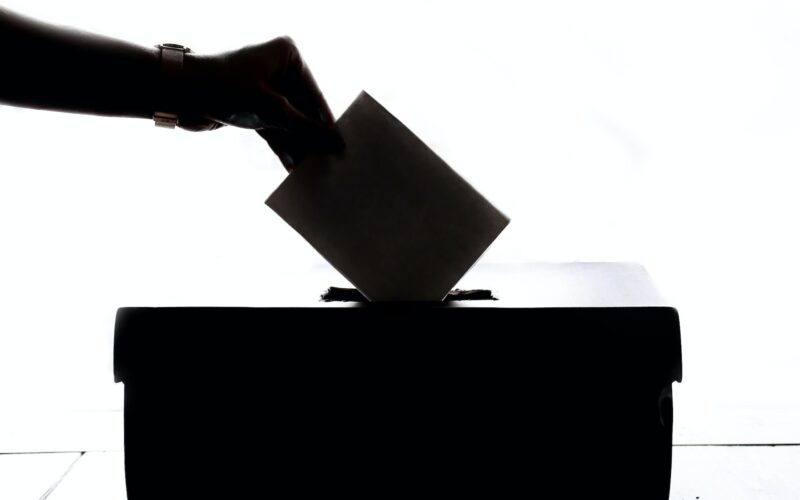The Freedom to Vote Act (FVA) is a federal law that protects the right to vote. Its provisions have expanded protection for voting rights, strengthened legal standards for plaintiffs seeking to exercise their right to vote, and created a new judicial process to address voting rights violations.
Contents
Freedom to Vote Act
The Freedom to Vote Act prohibits many forms of voter intimidation. For example, it makes it illegal to pay someone not to vote or to keep them from registering to vote. The Act also strengthens legal standards for people who want to sue for voting rights violations. It also makes it illegal to challenge someone’s eligibility to vote without personal knowledge of their ineligibility.
The Act also prohibits partisan poll watchers from being within eight feet of the voter or the ballot during the voting process. In addition, the Act requires that voters receive voter-verifiable paper ballots. These paper ballots must be signed and verified by the voter, and they must be kept as an official record of the vote. Using an optical scanner is another way to ensure the integrity of the ballot.
The Freedom to Vote Act also prohibits partisan gerrymandering and authorizes legal challenges to congressional redistricting plans. In addition, the Act specifies that partisan gerrymandering claims must be heard in a federal district court in the District of Columbia. It also designates the U.S. Court of Appeals for the D.C. Circuit as the primary venue for appeals. However, it does not permit direct appeals to the U.S. Supreme Court, though the Supreme Court retains review power.
Protections for the Right to Vote
The Voting Rights Act, passed in 1965, is a crucial piece of voting-rights legislation that has long protected minority populations. The Act prohibits discrimination based on race, language, and ethnicity. The 15th Amendment also prohibits voter suppression, and the federal government has enforced this right through the Enforcement Act of 1870. This legislation, also known as the Civil Rights Act or First Ku Klux Klan Act, made disenfranchising African Americans illegal and empowered federal marshals to prosecute violators. The Voting Rights Act also established standards for voting, including voter identification requirements and provisional ballots.
Although the U.S. Constitution does not explicitly mention the right to vote, almost all state constitutions contain an explicit right to vote. While most voting rights cases are filed in federal court, some legal observers have advocated bringing them to state courts to prevent gerrymandering and voter suppression. Given the urgency to protect voting rights, creative solutions are necessary.
Expanded Record-Keeping Requirements for Election Materials
One of the new laws requires election officials to maintain an updated voter registration record. These voter registration records must be alphabetically ordered, including each registrant’s name and address. In addition, they must be open for public inspection, subject to the provisions of this part. The secretary of state may promulgate reasonable regulations regarding using these records. In addition, anyone inspecting the documents may not tamper with or change the information on the records.
Under this law, election officials must update their voter registration records every time an elector changes their address. Failure to do so will not affect the validity of subsequent applications. Election officials are prohibited from influencing voters’ political party registration or preference. They must also avoid convincing voters that their registration would negatively affect their access to certain services.
Agencies may also mail voter registration notices to qualified electors. The agency must present the voter’s registration information to the commission. If a discrepancy is found between the two, the elector may challenge the result of their vote.
Strengthened Legal Standards for Voting Rights Plaintiffs
Since 1963, the Lawyers’ Committee for Civil Rights Under Law (LCCRL) has fought to ensure that voting rights are guaranteed for all Americans. Their multifaceted approach integrates litigation, voter protection, education, and advocacy to impact traditionally disenfranchised populations. Their work focuses on Section 2 of the 1965 Voting Rights Act and the 14th and 15th Amendments.
This decision is a major win for voting-rights plaintiffs. In this case, plaintiffs argued that their state’s voting laws violated the VRA. In addition, they claimed that the laws regulating the time, place, and manner of voting were not neutral. While the district court found in favor of the defendants, the Ninth Circuit reversed the decision and sided with the plaintiffs. Justice Elena Kagan authored a fiery dissent.
Section 2 of the VRA’s amendments lowered the burden of proof for voting rights plaintiffs. In addition, the new standards apply to a more extensive range of representational harms than before. For instance, the VRA removed most “first-generation” direct barriers to voting. Section 5 of the VRA also aimed to prevent backsliding by requiring state and local governments to seek preclearance for any changes in voting laws. As a result, voting rights attorneys have increasingly focused on the issues of minority representation and vote dilution.

